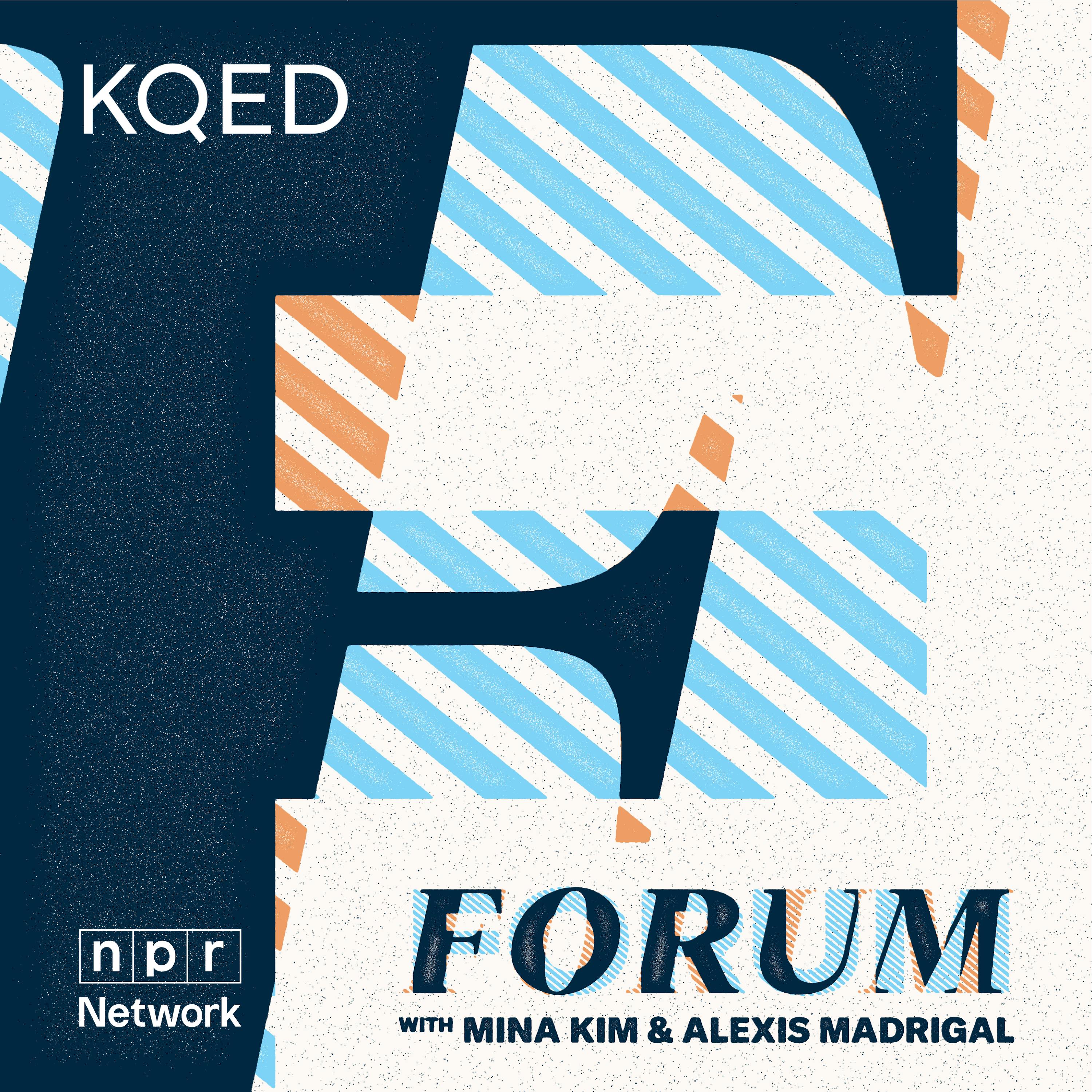
Forum From the Archives: Neuroscientist Daniel Levitin on Using Music as Medicine

KQED's Forum
Deep Dive
How far back can we trace the belief in music's healing power?
Beliefs about music's power to heal mind, body, and spirit can be traced back 20,000 years to the Upper Paleolithic era.
What scientific advancements have helped us understand music's therapeutic effects?
Since around 2002, brain imaging has allowed scientists to observe the biological underpinnings of how the brain responds to music, providing scientific rigor to its therapeutic applications.
How does music affect the brain?
Music activates all parts of the brain and every neurochemical system that can be measured. It engages emotional centers, memory, and reward systems, making it a powerful tool for therapy and mood regulation.
What is the significance of music's ability to activate multiple brain systems?
Music's ability to activate multiple brain systems makes it a unique probe for understanding the brain. It integrates rhythm, melody, and timbre, which are processed by separate circuits, and then binds them together into a cohesive experience.
How does music help with conditions like Alzheimer's?
Music can't cure Alzheimer's, but it helps patients reconnect with memories, especially from their youth. It reduces disorientation, decreases cortisol levels, and releases soothing hormones like prolactin, providing comfort and improving mood.
Why is music more effective than other cues for triggering autobiographical memory?
Music is a powerful cue for autobiographical memory because it is often linked to specific life events or emotions. When a familiar song plays, it floods the brain with associated memories, creating a strong sense of self and narrative.
How does music help people with stuttering?
Music acts as an external clock for stutterers, helping them synchronize motor actions like speech. This external rhythm allows them to speak fluently, as seen in cases like Elvis Presley and Mel Tillis.
What role does music play in treating Parkinson's disease?
Music with a tempo matching a patient's gait can help Parkinson's patients walk smoothly by synchronizing their movements. Rhythmic auditory stimulation therapy can train the brain to maintain this synchronization even without music.
Can music help with depression?
Music can alleviate depression by providing emotional resonance. Sad music, for example, can make individuals feel understood, releasing soothing hormones and offering comfort. It can also invoke cathartic crying, which is therapeutic.
What is the difference between passive and attentive listening to music?
Passive listening, like using music as background noise, can help quiet mental chatter, especially for people with ADHD. Attentive listening, on the other hand, allows for deeper emotional engagement, trance-like states, and restorative mental breaks.
How does music help with tinnitus?
Tinnitus, or ringing in the ears, can be alleviated by using white noise devices tuned to the frequency of the ringing. This fatigues the overactive neurons causing the hallucination, providing temporary relief.
Can the wrong type of music have negative effects?
Yes, unwanted or disliked music can cause stress and discomfort. Studies show that unwanted music in public spaces is one of the most annoying aspects of modern life, and it can even be used as a psychological weapon, as seen in the case of Manuel Noriega.
Why do some people not respond to music?
Approximately 10% of the population does not enjoy music due to genetic variability. These individuals may lack the neural pathways or emotional responses that make music rewarding for others.
- Music activates all parts of the brain and neurochemical systems.
- Brain systems processing music are older than those for speech.
- Music's components (rhythm, melody, timbre) are separable yet integrated.
Shownotes Transcript
Neuroscientist and musician Daniel Levitin says we can trace beliefs about music’s power to heal mind, body and spirit back 20,000 years, to the Upper Paleolithic era. But only recently have we had good science to explain how music affects us and how we can use it therapeutically. Not only to relax, uplift and bring us together, but as part of treatment of trauma, depression, Parkinson’s, Alzheimer’s and more. Alexis Madrigal talked onstage with Levitin in collaboration with LitQuake, San Francisco’s literary festival, running through October 26th. We listen back on their conversation and to Levitin’s live musical performance.
Guests:
**Daniel Levitin, **neuroscientist, musician and author, "I Heard There Was a Secret Chord," "The Organized Mind," "The World in Six Songs" and "This is Your Brain on Music. He is also Dean of Social Sciences at the Minerva Schools in San Francisco.